Blog #7 Compare and contrast two biomes describe them in detail include pictures of plants and animals you are liklely to see
The two biomes that I will describe, compare, and contrast are the tropical rain forest and the tropical savanna.
The tropical rain forest are habitats to many animals or species. Rainforests contain lots of tall trees in a region of year round warmth. Rain falls 50 to 260 at average, inches a year; therefore, it is a wet climate group where it only covers 6% of Earth's land in the world but it gives us 40% of Earth's oxygen so don't you think we need more tropical rainforests since this world is producing more and more people. Every year it is humid because of all the rainfall; a tropical rainforest gets about 150 centimeter of rain every year. The rain comes from all the hot and wet weather. The hotter the air is, the more water vapor it can hold; therefore, causing a lot of rain. The climate is near the equator meaning that their is more direct sunlight hitting the land and sea causing the water to evaporate into the air and the warm air can hold lots and lots of water vapor.

Scientists estimated that more than half of the animals and plants in the world lives in these forests; it is their habitat. Above the forest floor, there forms a dense covering called a canopy; additionally in the seond layer of shorter trees and vines forms an understory. The organic matter that falles to the canopy decomposes quickly and the nutrients are recycled. Abiotic factors of a tropical rainforest are hot and wet yearlybut also round. In addition, the sils are thin and nutrient poor soils.

The dominant plants are broad-leaved evergreen trees with ferns, large woody vines, climbing plants, orchinds and bromeliads. However, the dominant wildlife contains herbivores such as sloths, tapirs, or capybareas; predators like jaguars, anyeaters, monkeys; birds such as toucans, parrots, and parakeets; insects such as buttterflies, ants and beetles; reptiles such as caymans, boa constrictors, and anacodas; piranhas and also other freshwater fishes. The geographic distribution are parts of South and Central America, Southeast Asia, certain parts of Africa, southern India, and northeastern Australia.

The other biome is the tropical savanna or it can be called tropical grassland. The tropical savanna has a similar weather as the tropical rainforest because the temperature is warm but there are seasonal rainfall, compact soil, and frequent fires set by lightning. However, the tropical savanna receives less seasonal rainfall than the tropical rainforests. Savannas are seen by the isolated trees thereare and small groves of trees and shrubs or bushes. Compact soils, fairly frequent fire, and the action of large animals such as rhinoceroses stop some savanna areas from turning it into a dry forest. During the summertime, there are lots of rain days; an average of fifteen to twenty-five inches of rain falls which gets really humid and hot . Every single day, the hot, humid air will rise off the ground and collide with cooler air above and eventually will turn into rain.

Most of the animals in savannas have long legs or wings to be able to go on long migrations. Some animals are predators such as lions, leopoards, cheetahs, hyenas, and jackals. There are also animals such as elephants, giraffes, antelopes, zebras, baboons, birds such as eagles, ostriches, weaver birds, and storks; insects such as termites. The dominant plants are mostly tall, perennial grasses and sometimes drought-tolerant and fire-resistant trees or shrubs. Almost every animal and plant help each other to keep the enviroment balanced.

Every year savannas are lost to the Sahara desert because of overgrazing and farming; people had started using these savannas as a place to graze their cattle and goastsl they don't move around and soon the grasses are completely eaten up. With no vegetation, savannas just turn into a desert, dry and a place where vegetables are spotted.
These savannas are in large parts of eastern Afirca, southern Brazil, and nothern Australia.
How are tropical rainforests and tropical savannas the same? They are similar because of the weather; these places both have warm temperatures; however, the weather is different because savannas are not humid, but tropical rainforests are. Therefore, animals that are mostly like on the grass or land running or using their legs are mainly those that live in the savannas because animals that live in the rainforests are usually animals that climb on trees or the sky because the place is easier to adapt for them. Plants are also different because savanna plants are spreaded all around everywhere, but rainforests are very close together. Rainforests and savannas are also found in both northeastern Australia.
 Blog #16-LAST BLOG Reflect on your semester and year in biology What were your successes? What were your failures? What did you learn that you will never forget?
Blog #16-LAST BLOG Reflect on your semester and year in biology What were your successes? What were your failures? What did you learn that you will never forget?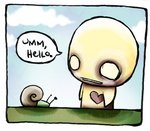
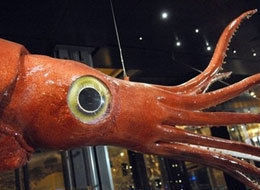



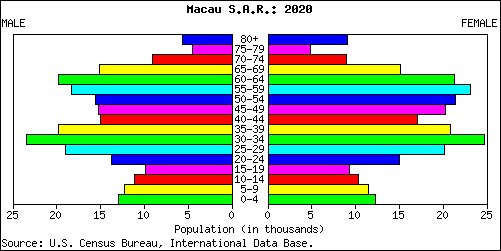

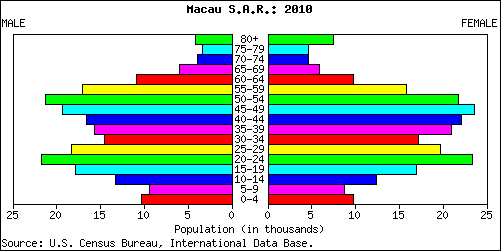


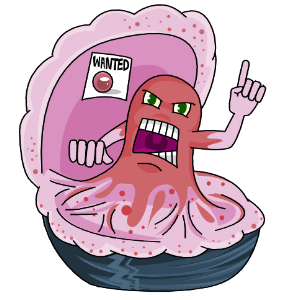










/dog_with_bone_1.gif)
















